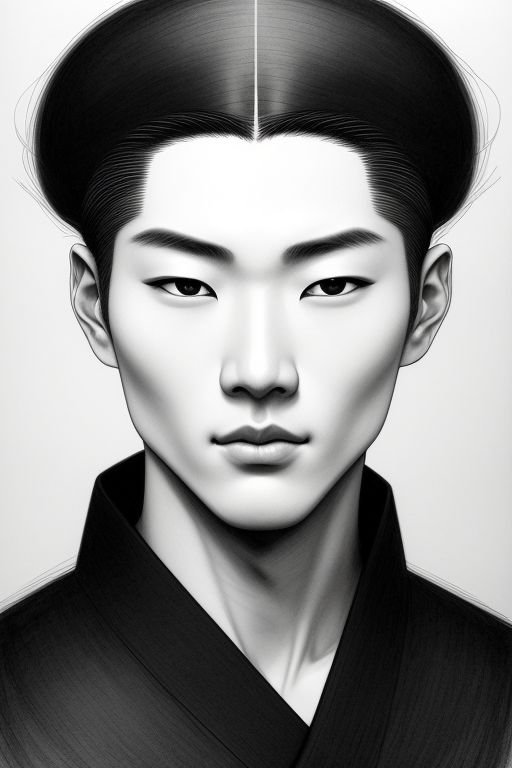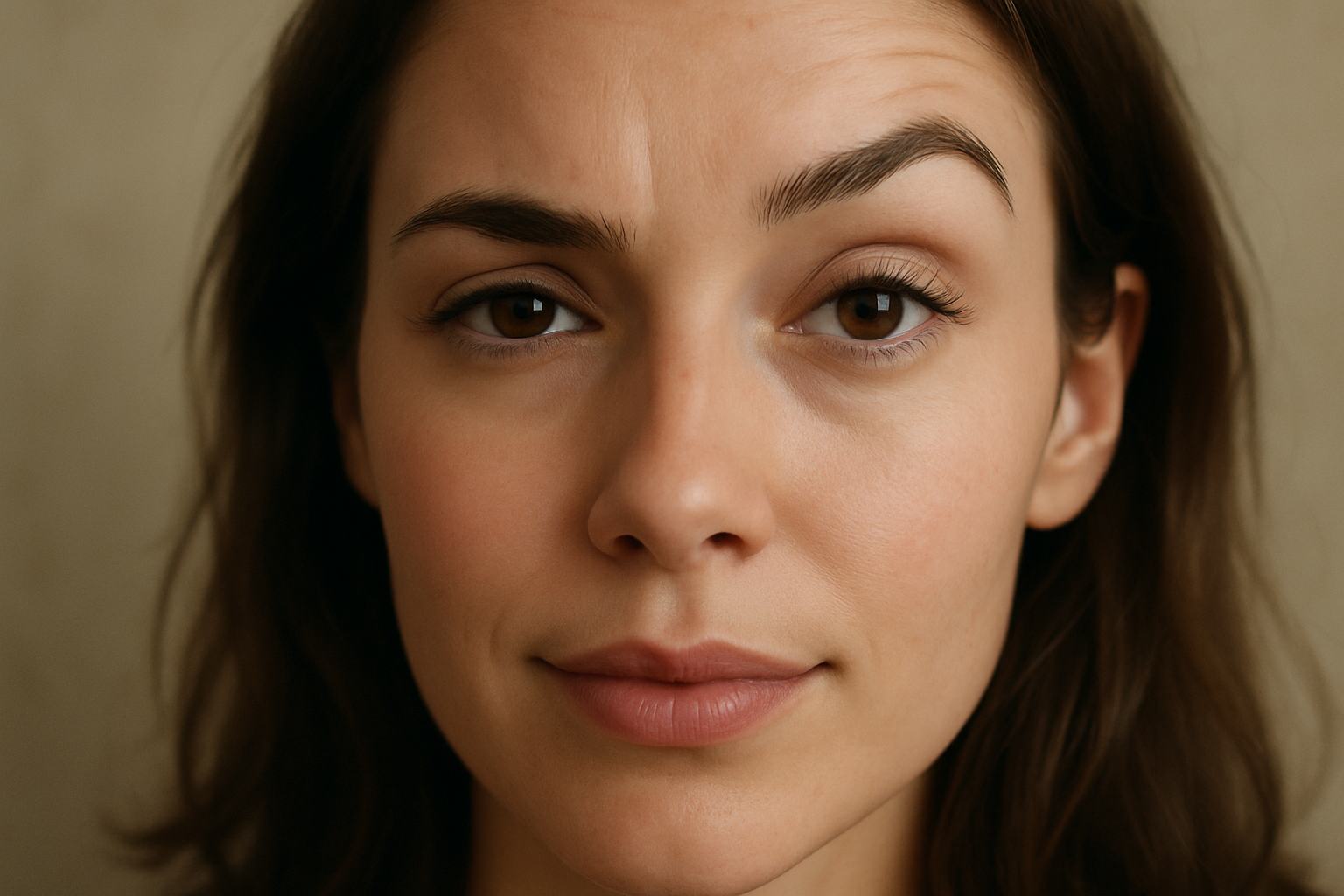Eyes are often considered one of the most captivating features of a person’s face. They come in various colors, shapes, and sizes, each possessing its own unique beauty. One eye shape that has gained attention in recent years is known as “hunter eyes.” This distinctive eye shape is characterized by a deep-set appearance, with a prominent brow ridge and a narrow, intense gaze.
Many people wonder whether hunter eyes are purely genetic or if they can be achieved through other means. In this article, we will explore the genetic factors that contribute to eye shape and whether hunter eyes are inherited or not.
The Genetics of Eye Shape
Eye shape is primarily determined by genetics. The shape of the eye is influenced by the structure of the bones and muscles surrounding it. The size and position of these structures can vary from person to person, resulting in different eye shapes.
Genes play a significant role in determining the overall structure of the face, including the eye area. Studies have shown that certain genes can influence the development of facial features, such as the brow ridge and the position of the eyes.
Hunter Eyes: A Genetic Trait?
While there is no specific gene that directly determines hunter eyes, certain genetic factors can contribute to the characteristics associated with this eye shape. The prominence of the brow ridge and the depth of the eye socket are two key features of hunter eyes.
Research suggests that these features may be influenced by a combination of genetic and environmental factors. Genetic variations can affect the growth and development of the bones and muscles around the eye area, leading to a more pronounced brow ridge and a deeper eye socket.
It is important to note that not everyone with a prominent brow ridge or deep-set eyes will have hunter eyes. Eye shape is a complex trait influenced by multiple genes and other factors, such as facial structure and muscle tone. Hunter eyes are just one variation among many.
Other Factors Influencing Eye Shape
While genetics play a significant role in determining eye shape, other factors can also influence the appearance of the eyes. These factors include:
- Age: As we age, the skin around the eyes may become looser, resulting in changes to the eye shape.
- Environment: Environmental factors, such as exposure to sunlight and pollutants, can affect the health and appearance of the eyes.
- Lifestyle: Certain lifestyle habits, such as smoking or lack of sleep, can contribute to eye puffiness or sagging.
- Makeup and Contouring: The use of makeup techniques, such as contouring and highlighting, can create the illusion of different eye shapes.
It is worth noting that while makeup can enhance and alter the appearance of the eyes, it cannot permanently change their shape. Makeup techniques can be used to accentuate certain features, including the brow ridge and eye socket, but they do not alter the underlying bone structure.
Conclusion
Hunter eyes, with their deep-set appearance and prominent brow ridge, are often considered an intriguing and attractive eye shape. While genetics play a role in shaping the overall structure of the eyes and face, there is no specific gene that directly determines hunter eyes.
Eye shape is a complex trait influenced by multiple genetic and environmental factors. Hunter eyes are just one variation among many, and not everyone with a prominent brow ridge or deep-set eyes will have hunter eyes. It is important to embrace and appreciate the diversity of eye shapes and understand that beauty comes in many forms.



